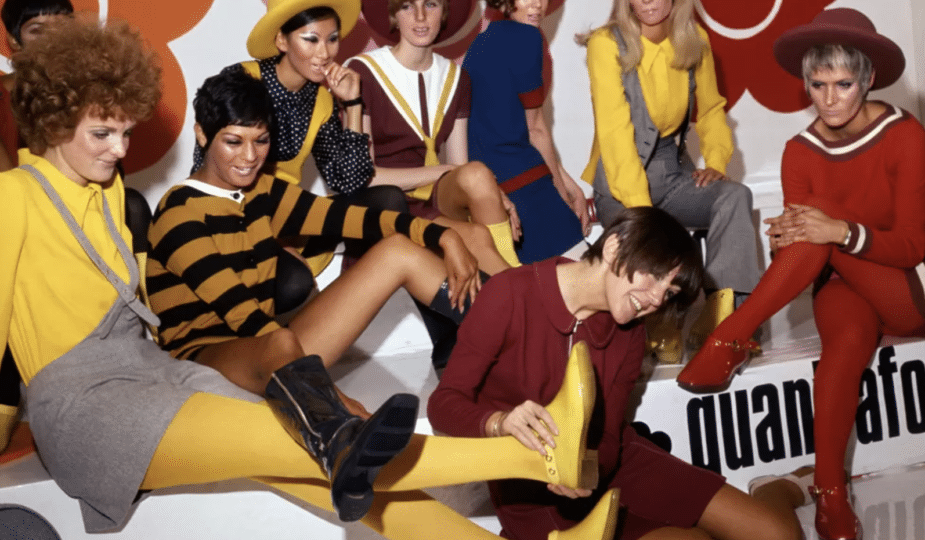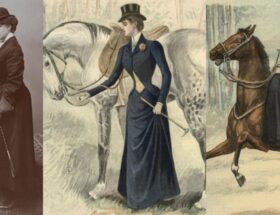The 1960s? Oh, what a wild and groovy ride it was! Between all the political buzz, the fight for civil rights, and a whole new wave of cool cats shaking up the norm, the vibe was all kinds of eclectic. Think of it as a canvas painted with an eclectic mix of vibrant, contrasting colors, each representing its own revolution. While the political tumult and civil rights battles made headlines, it was the 1960s aesthetic that encapsulated and showcased the era's soul.
And boy, did it show in the way things looked, from the snazzy outfits folks wore to the catchy tunes on the radio and even the bold and artsy designs popping up everywhere. Let's take a fun flashback to the '60s look and feel!
Fashion and the 1960s Aesthetic Vibe
In the swinging '60s, ladies were rocking some fab trends. Think mini-skirts that showed off those dance moves, go-go boots that were made for groovin', and comfy shift dresses. And who could forget those elegant pillbox hats, a la Jackie Kennedy?
Plus, the scene was bursting with wild psychedelic prints, free-flowing bell-bottoms, and oh-so-cozy peasant blouses. As for the gents, they were suited up, slim and trim, kind of like the dapper dudes on "Mad Men." They sported sleek thin ties and cool turtlenecks, with paisley shirts that were all the rage.
As the decade rolled on, some guys even leaned into that hippie spirit, donning fringed vests, colorful tie-dye, and headbands to match. And for the young and the restless? They were vibing with the British Mod fashion - all about those crisp lines, standout patterns, and colors so bright they'd light up any room!
Hair, Makeup, and the Faces of the 1960s
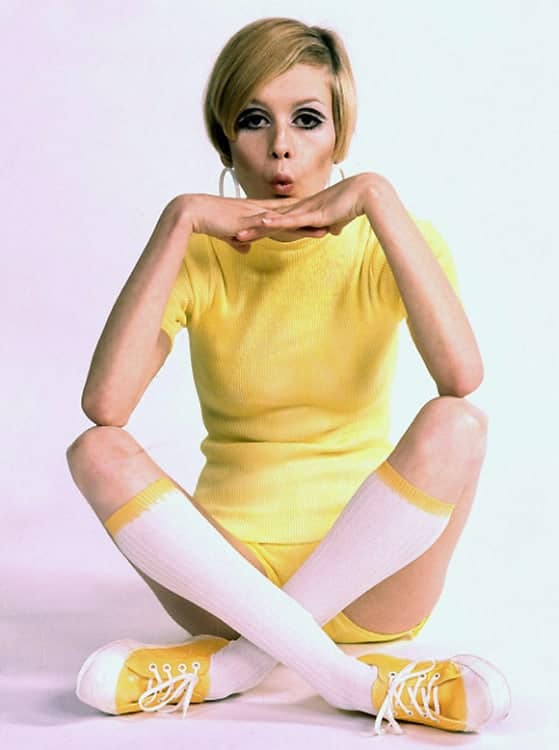
In the fabulous '60s, ladies were not just making style statements with their outfits but also with their hairdos and makeup. Beehives towered tall, inspired by icons like Audrey Hepburn.
The sassy bobs and long, straight "hippie" hair were all the rage. And who could forget the unforgettable Twiggy? She dazzled the scene with her signature pixie cut and that bold, winged eyeliner.

Speaking of makeup, pastel eyeshadows were the go-to for many.
Meanwhile, the gents kicked off the decade with neat, short, side-parted hairstyles, but as the years went by, they let their hair down—literally! By the decade's end, longer, more carefree hair was in, and beards and mustaches started making quite the appearance.
A Symphony of Sound and Iconography
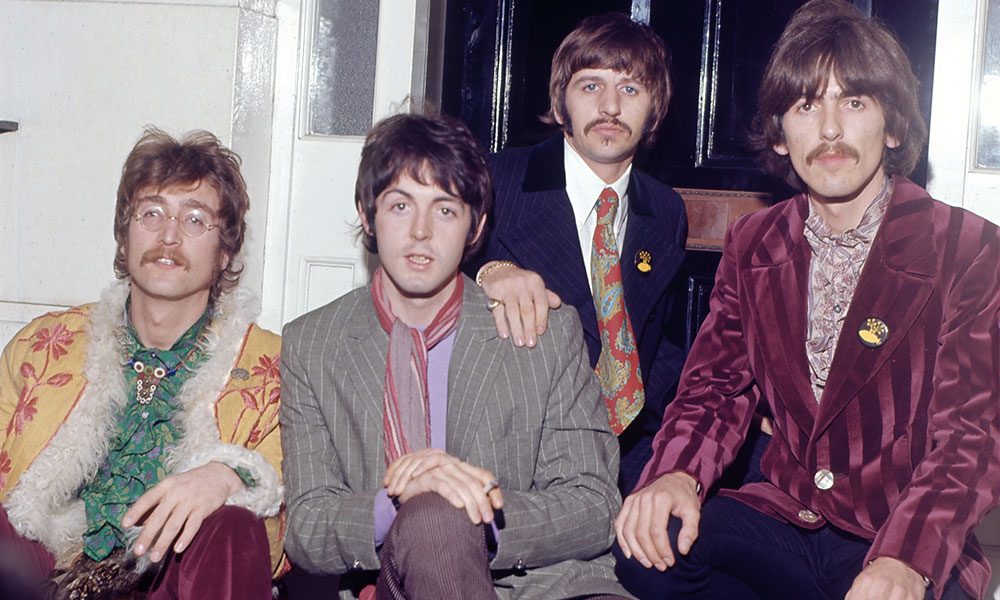
The rise of rock 'n' roll, The Beatles, The Rolling Stones, The Doors, Jimi Hendrix, and Janis Joplin, to name a few. The psychedelic rock movement brought about bright, swirling colors, surreal imagery, and curvy hand-drawn typography on posters.
The Beatles, The Rolling Stones, and others reshaped music and popular culture in the 1960s The psychedelic rock movement's visuals, especially in San Francisco, were characterized by bright colors and surreal imagery
Design, Decor, and Living the 1960s Aesthetic
Colors: The 1960s saw a preference for bright, bold, and sometimes even neon colors. Psychedelic patterns and vibrant palettes were quite popular, especially in the later part of the decade. Earthy tones, such as avocado green and harvest gold, also became trendy, especially towards the end of the decade and leading into the '70s.
Furniture: Mid-century modern furniture with clean lines and innovative materials (like molded plywood and plastic) continued to be popular from the '50s into the '60s. Designers like Eames, Saarinen, and Noguchi were especially influential.

Accessories: Lava lamps, with their mesmerizing flow of wax inside a liquid, became a staple of '60s decor. Shag carpets, with their long and loose fibers, also became popular, adding texture and comfort to living spaces.
Materials: There was significant use of synthetic materials like polyester, acrylic, and PVC in the '60s home decor. Plastic, in particular, saw a surge in popularity due to its versatility and the rise of pop art-inspired aesthetics.
Open Floor Plans: The idea of open-concept living began to gain traction in the 1960s. This design allowed for a seamless flow between the living, dining, and kitchen areas, fostering a sense of openness and sociability.
Wallpapers and Patterns: Floral patterns, Paisley prints, and geometric designs dominated wallpapers. The late 1960s saw a rise in psychedelic patterns, influenced by the counterculture movement and artists like Peter Max.

Art and Sculpture: Pop art, represented by artists like Andy Warhol and Roy Lichtenstein, brought a new and bold visual language to homes. Sculptures, often with abstract and organic forms, became popular decor elements, further accentuated homes, making every living space a canvas of the 1960s aesthetic.

Technology's Influence: With the space age in full swing, many items in the home began to reflect a futuristic aesthetic. This could be seen in everything from the rounded, space-age design of televisions and stereos to kitchen appliances.
Movies, Television, and the 1960s Aesthetic Spotlight

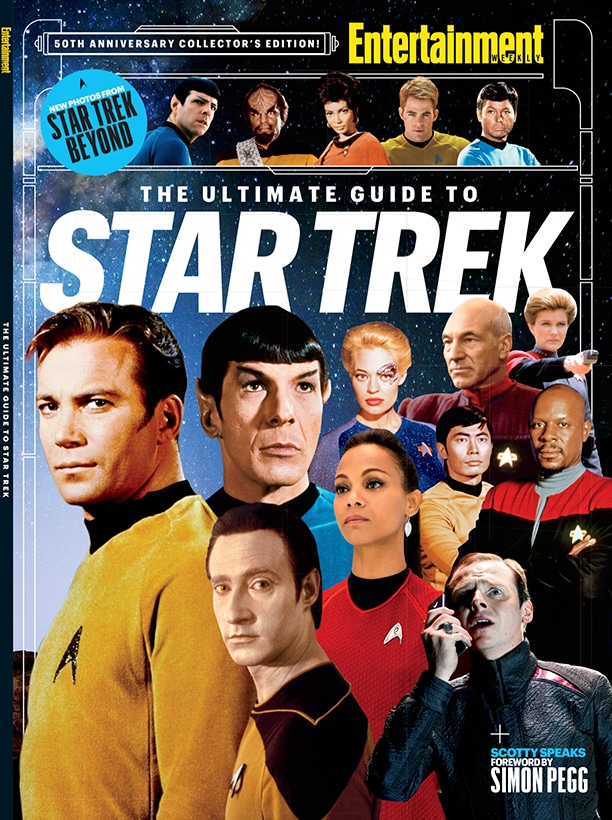
Films such as "Easy Rider", "Blow-Up", and "Midnight Cowboy" encapsulated the evolving zeitgeist of the era. Meanwhile, television series like "Star Trek", "The Monkees", and "The Brady Bunch" showcased the diverse tapestry of '60s aesthetics, spanning from the visionary to the quintessentially domestic.
Politics, Activism, and Symbols of the 1960s
The iconography of the 1960s bore profound messages. The peace sign, with its origins tracing back to the Nuclear Disarmament movement in Britain, became a universal emblem of non-violence and anti-war sentiments. Psychedelic colors and flowers, popularized by events like San Francisco’s Summer of Love in 1967, were emblematic of the "flower power" ethos, advocating for peace and love as an antidote to war and violence.
Concurrently, the Black Power movement championed the raised fist, a gesture echoing back to ancient Assyria, but in this context, it stood as a potent symbol of resistance, unity, and empowerment for African Americans and other oppressed communities.
Tech, Design, and the Space Age Influence on the 1960s Aesthetic
The 1960s, a decade marked by the riveting competition between the U.S. and the Soviet Union in the Space Race, profoundly shaped the design narratives of the era. The world watched with bated breath as milestones like the launch of the Soviet satellite Sputnik in 1957 and the U.S. landing on the moon in 1969 unfolded.
These historic feats fostered a collective fascination with the cosmos, which designers readily embraced, integrating sleek, aerodynamic, and rocket-inspired aesthetics into their works. These influences weren't restricted to shape alone. The decade witnessed a surge in the use of futuristic materials, with plastic and plexiglass taking center stage, transforming not only the look but also the feel of products and spaces.
In the realm of architecture, the TWA Terminal at JFK Airport stood as a testament to this space-age inspiration. Designed by the acclaimed Eero Saarinen, its sinuous curves and fluid form captured the essence of flight and movement, mirroring the optimism and forward-thinking spirit of the age. Meanwhile, the streets showcased their own icons.
The Volkswagen Beetle and the Mini Cooper, while fundamentally rooted in transportation, transcended their primary roles. Especially the Beetle, which with its unique shape and association with figures like John Lennon, metamorphosed into a poignant symbol of the 1960s counterculture, representing a generation's quest for identity, freedom, and change.
Embracing the 60s Aesthetic
The 1969 Woodstock festival, celebrated as "Three Days of Peace and Music," stands as a defining beacon for the '60s counterculture. More than just an event, it epitomizes the era's music, style, and spirit of "free love."
The '60s aesthetic was a juxtaposition of sleek, modern, and space-age designs with earthy, bohemian, and psychedelic influences. As with any era, there were countless subcultures and influences at play, but the above provides a broad overview of the period's stylistic tendencies.
Remember, this is still a broad overview, and the '60s, like any decade, had numerous nuanced cultural and aesthetic shifts. The sources cited are a mix of primary accounts, academic articles, and reputable publications.
